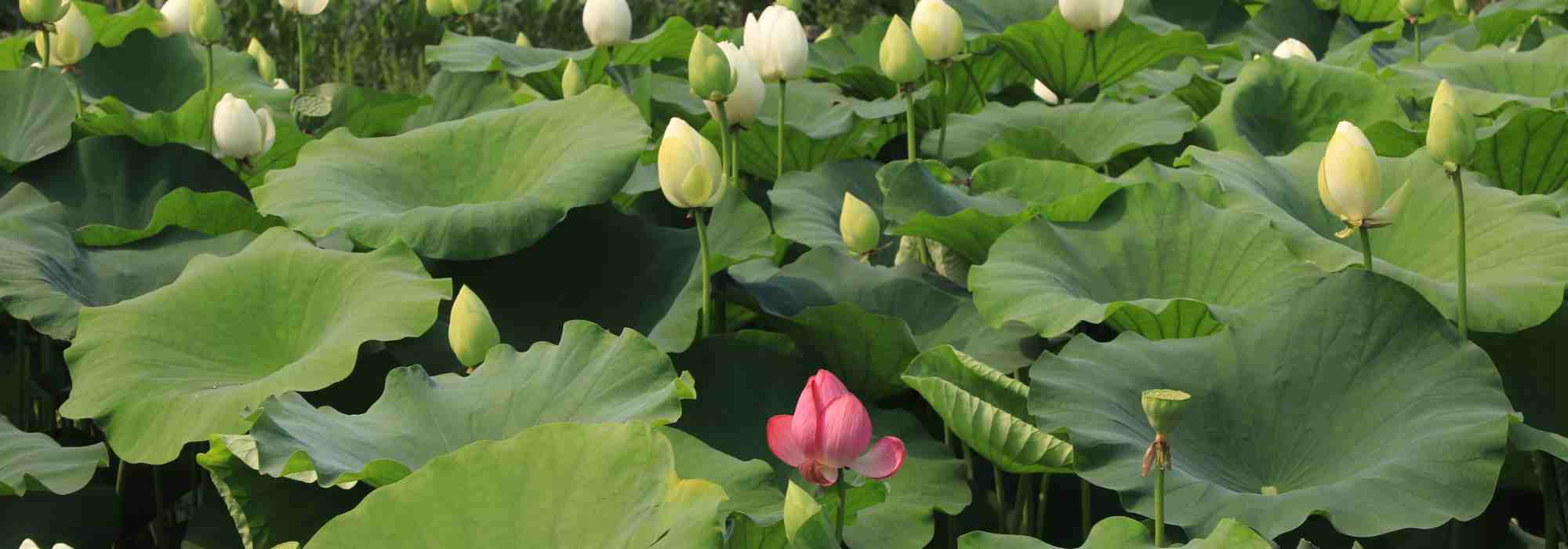
Nelumbo - Lotus: planting, growing and caring
Contents
Nelumbos in a few words
- Lotus are aquatic plants known for their spectacular flowers, which can be white, pink, or yellow depending on the species or variety.
- The sacred lotus (Nelumbo nucifera) is a sacred flower, often associated with purity, enlightenment, and rebirth.
- While Nelumbo can be grown in containers, they thrive best in deep ponds under generous sunlight.
- Nelumbos play a vital role in the aquatic ecosystem. They provide food and shelter for wildlife and help purify the water.
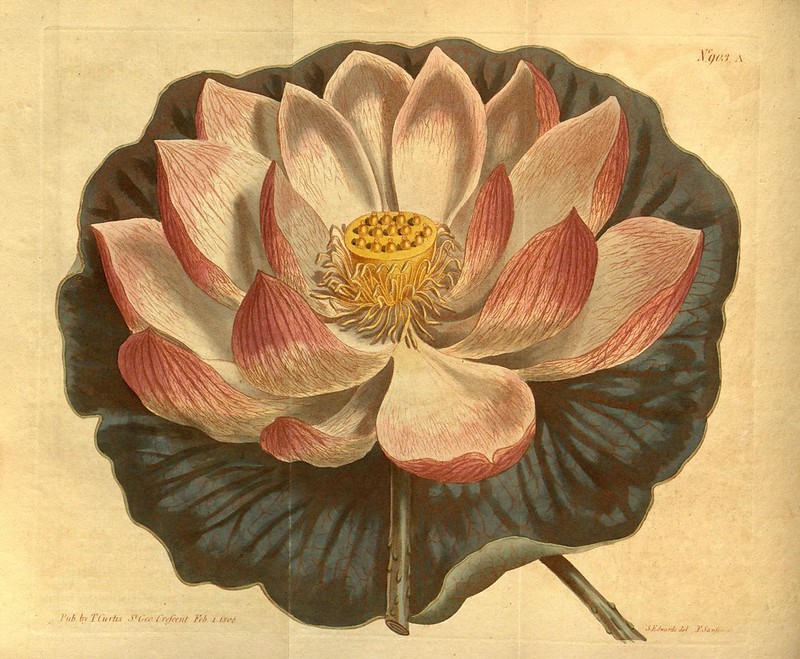
Nelumbo nucifera, botanical plate.
The word from our expert
Botany and description
Botanical data
- Latin name Nelumbo sp.
- Family Nelumbonaceae
- Common name Lotus - Indian Lotus
- Flowering June to October
- Height from 50 cm up to 150 cm
- Sun exposure sun
- Soil type clayey and always moist
- Hardiness -12°C
The botanical genus Nelumbo, often referred to as Lotus, belongs to the Nelumbonaceae family. It consists of perennial aquatic plants that play a crucial role in mythologies and cultures worldwide, typically symbolising purity and spiritual awakening due to their ability to emerge immaculate from muddy water. The two species of the Nelumbo genus are commonly called Lotus, although the term “Lotus” can also refer to other aquatic plants from different families, such as the Blue Lotus (Nymphaea caerulea), beloved by Tintin, and the Egyptian Lotus (Nymphaea lotus). The Sacred Lotus (Nelumbo nucifera) and the American Lotus (Nelumbo lutea) are among the most common names for the two “true” lotuses of the Nelumbo genus.
- Nelumbo nucifera, known as the Sacred Lotus, Oriental Lotus, or Indian Lotus, is the most widespread and well-known species. Cultivated for over 3,000 years, it holds significance in Asian religious and cultural traditions. It thrives in the calm, shallow waters of ponds, lakes, and marshes. Its natural range extends across South and Southeast Asia, from India and Nepal to China and Japan, and reaches as far as northern Australia.
- Nelumbo lutea, the American Lotus or Yellow Lotus, is native to North America and northern South America. This species is adapted to more temperate climates and is distinguished by its bright yellow flowers. It is found in similar aquatic habitats but is suited to the climatic conditions of temperate regions in North and South America. Its distribution covers a wide range, from the eastern United States to countries in South America such as Colombia and Venezuela.
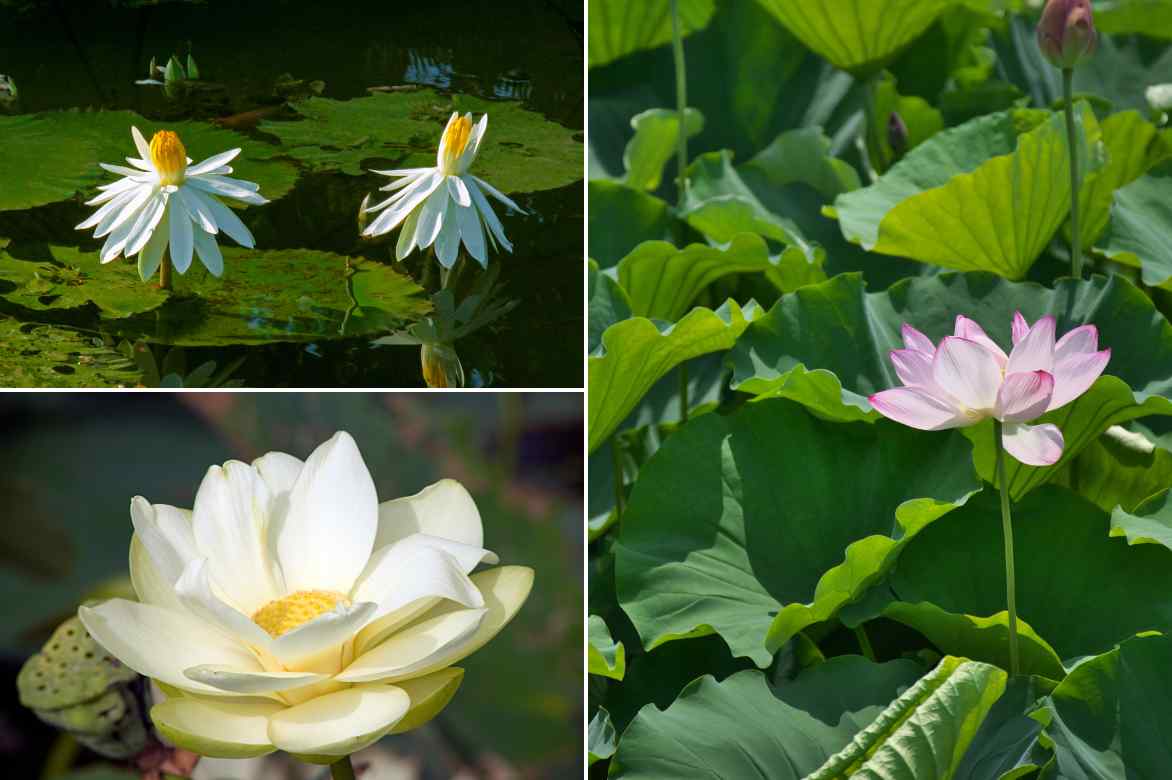
Nymphea lotus (top left), Nelumbo lutea (bottom left), and Nelumbo nucifera (right).
Lotus plants are characterised by their rhizomatous root system anchored in the muddy bottoms of water bodies, with sturdy stems that rise above the surface. These plants can reach significant heights (sometimes up to 1.50 m above the water level), depending on water depth and growing conditions, with leaves and flowers standing well above the water’s surface. Note that there are now dwarf varieties of the Sacred Lotus whose flower stalks will not exceed 50 cm. They are ideal for very small ponds.
The flowering of Nelumbos, from June to October, is a breathtaking spectacle, with solitary, large, and vibrant flowers that open early in the morning and close in the late afternoon. The flowers, which can vary in colour from pure white to pink and yellow depending on the species and variety, last for three days before beginning to fade. They are followed by a distinctive fruit shaped like a watering can spout, containing numerous seeds. Insects, primarily bees and butterflies, are attracted by the bright colours and fragrance of lotus flowers. While foraging for nectar, they contribute to the plant’s pollination.
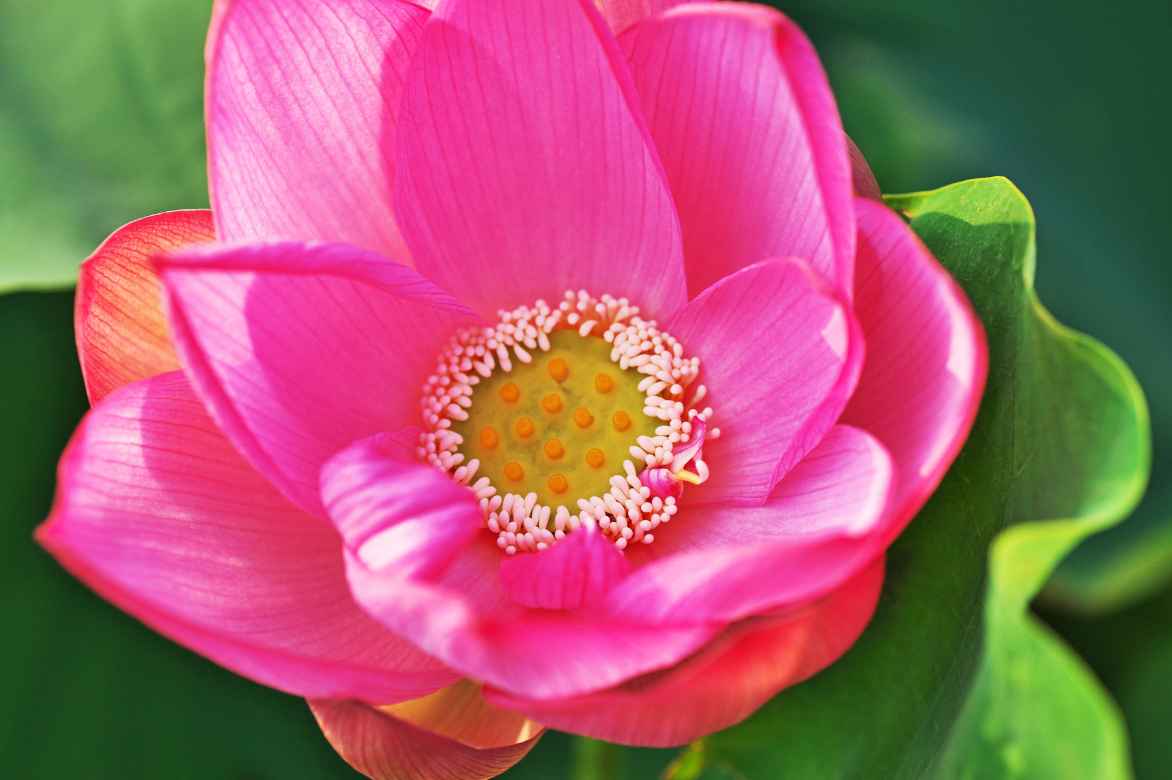
Flowering of a Nelumbo nucifera
The pollination method of Nelumbo is unique. The flowers generate heat during the first two days of flowering, which helps attract pollinators by increasing the volatility of floral scents. Insects, primarily beetles, play a key role in the pollination process.
Lotus seeds are contained in unique capsules that emerge at the centre of faded flowers, resembling small inverted showerheads. They are known for their remarkable longevity, with some seeds remaining viable for hundreds of years. Lotus seeds are also prized for their nutritional and medicinal qualities. The seeds are also an important food source for certain birds and mammals.
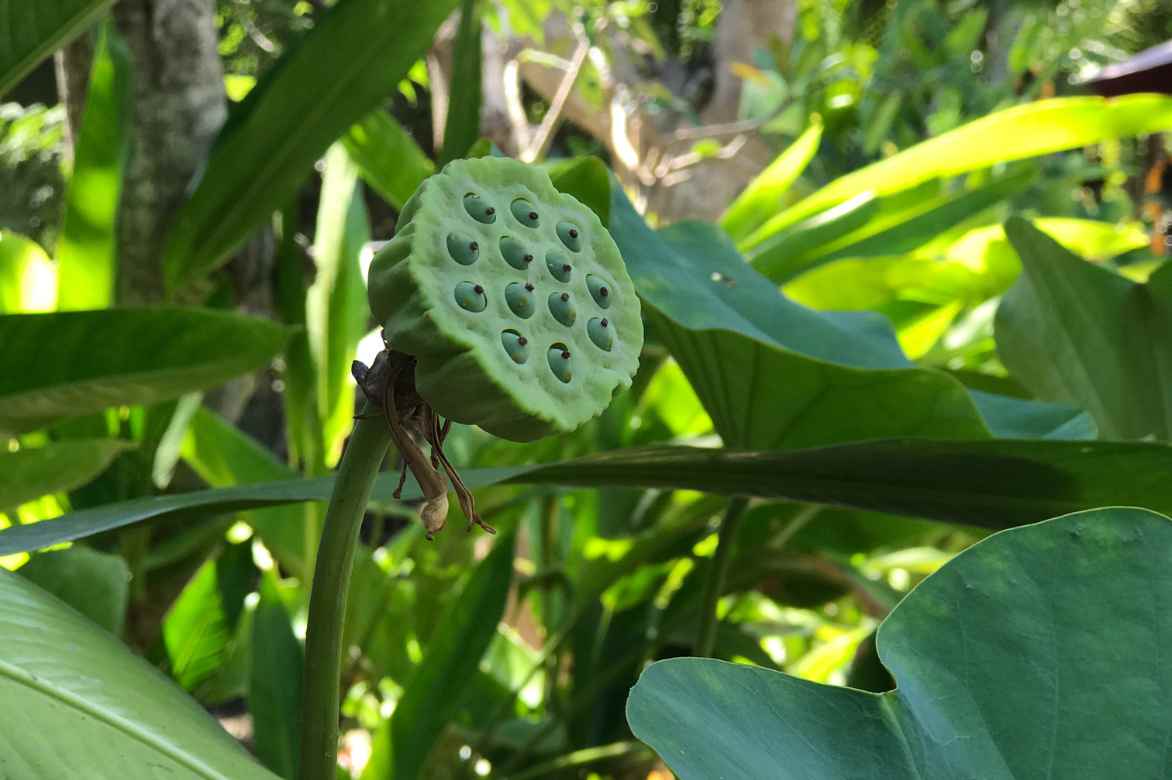
Lotus fruit
The leaves of Lotus plants are almost as remarkable as their flowers. Rounded, with a diameter that can reach up to 60 cm, they stand tall on rigid stems above the water’s surface. Their surface is hydrophobic, meaning they can repel water, keeping the leaves dry even after rain—this is known as the “Lotus effect.” This Lotus effect refers to the ability of Lotus (Nelumbo) leaves to remain clean and dry despite their aquatic and muddy environment. This property stems from the unique microscopic and nanoscopic structure of the leaf surfaces, which creates superhydrophobicity, repelling water and dirt particles. When a water droplet falls on a Lotus leaf, it does not spread but instead forms a bead that rolls easily across the surface, carrying away dust and dirt particles, a phenomenon often called self-cleaning. This natural self-purification mechanism has inspired numerous applications in nanotechnology and smart materials, leading to the development of paints, coatings, and textiles that mimic the Lotus effect for their self-cleaning properties.
!!! Warning: contact with Lotus foliage can cause skin allergies !!!
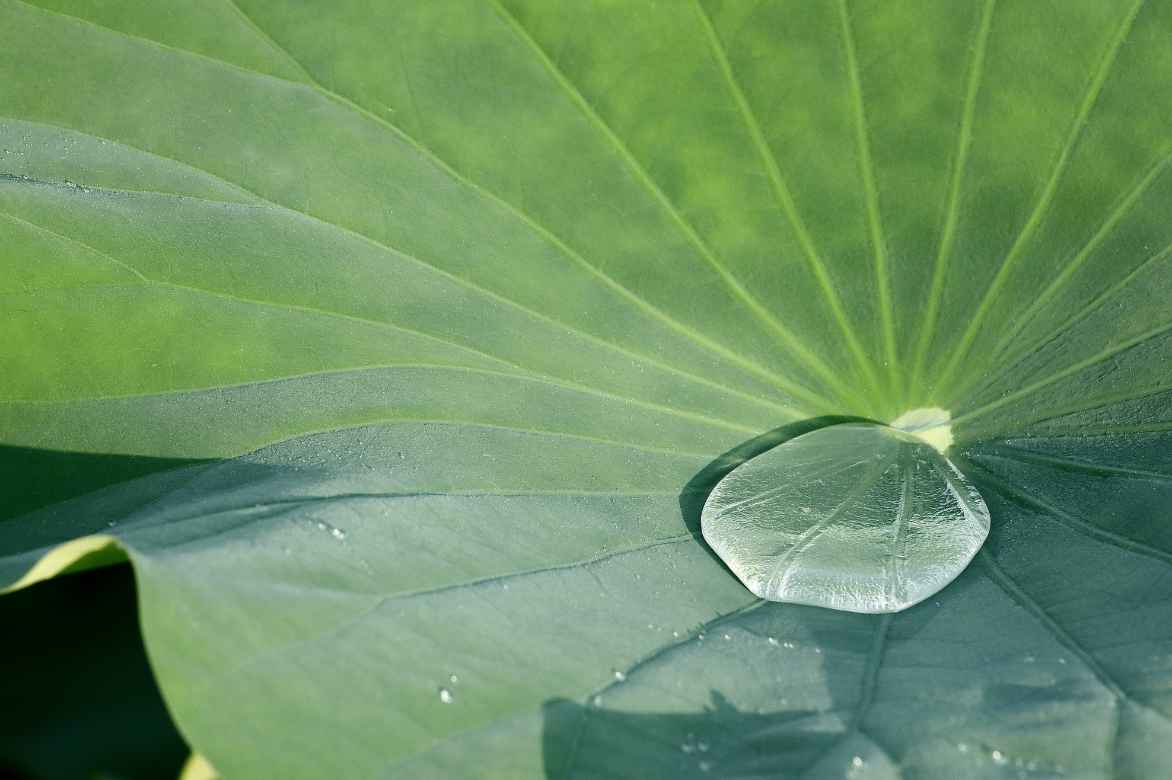
Lotus leaf: waterproof!
In addition to the Lotus effect on their leaves, lotuses have developed adaptations for living in aquatic environments, such as airy tissues (aerenchyma) in their stems, allowing oxygen transport to submerged roots. The leaves and stems of the lotus provide shelter and a food source for many aquatic animals, such as fish, frogs, and insects.
Nelumbos do not just beautify water bodies; they play an important ecological role by oxygenating water and providing habitat for various aquatic life forms. Although lotuses are widely cultivated, their natural habitat is threatened by habitat loss, pollution, and climate change. The conservation of these species and their natural environment is crucial for their long-term survival.
Did you know? In the natural habitat of lotuses, certain fish species, such as Corydoras catfish, clean the lotus roots of parasites and algae, contributing to their health.
The cultivation of Lotus dates back millennia, especially in Asia, where they are grown for their beauty as well as their culinary and medicinal uses. Indeed, all parts of Nelumbo nucifera are edible and used in various Asian cuisines. Moreover, Lotuses have been used in traditional Chinese medicine to treat a variety of ailments due to their antioxidant and anti-inflammatory properties.
Nelumbo nucifera is also sacred in several religious traditions, such as Buddhism and Hinduism. This has played a crucial role in the distribution and conservation of these plants.
Good to know: The lotus can help purify water by absorbing pollutants and oxygenating the environment. Lotus roots can also stabilise banks and prevent erosion.

The lotus is frequently associated with Buddhism
The “Lotus Seas”
Our most beautiful varieties
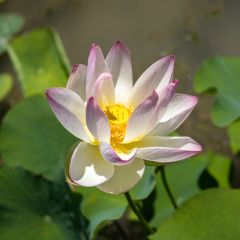
Nelumbo nucifera Red and White - Pale Pink and White
- Flowering time July to October
- Height at maturity 1,50 m
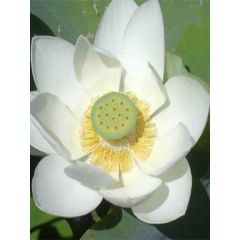
Lotus des Indes, Lotus sacré -blanc-
- Flowering time August to November
- Height at maturity 70 cm
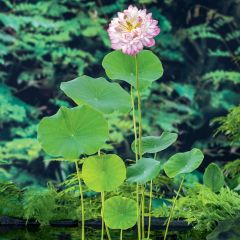
Nelumbo nucifera Pink - Sacred lotus
- Flowering time July to November
- Height at maturity 70 cm
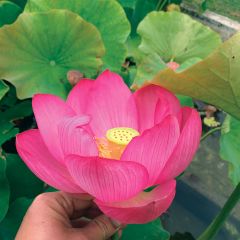
Nelumbo nucifera Qingling Honlian
- Flowering time July to October
- Height at maturity 1,55 m
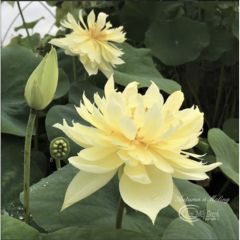
Nelumbo Moling Qiuse
- Flowering time July to October
- Height at maturity 55 cm
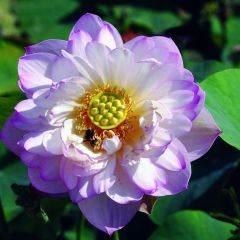
Nelumbo Double Bonheur
- Flowering time July to November
- Height at maturity 35 cm

Nelumbo nucifera White - Sacred Lotus
- Flowering time July to October
- Height at maturity 1,50 m
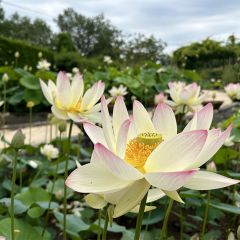
Nelumbo Tricolore
- Flowering time July to November
- Height at maturity 40 cm
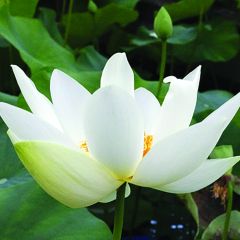
Nelumbo Angel Wings
- Flowering time July to October
- Height at maturity 45 cm
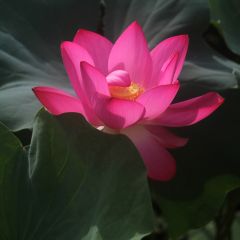
Nelumbo Pygmaea Red - Sacred Lotus
- Flowering time July to November
- Height at maturity 55 cm
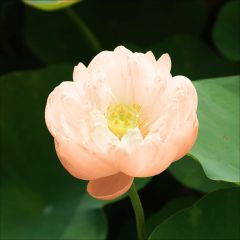
Nelumbo Pygmaea Cream - Sacred Lotus
- Flowering time July to November
- Height at maturity 55 cm
Discover other Nelumbo - Lotus
View all →Available in 1 sizes
Available in 1 sizes
Available in 1 sizes
Available in 1 sizes
Available in 1 sizes
Available in 1 sizes
Available in 1 sizes
Available in 1 sizes
Available in 1 sizes
Available in 1 sizes
Planting a lotus
Where to Plant?
The Nelumbo nucifera thrives in calm bodies of water such as ponds, garden pools, or large troughs. The water should be shallow, ideally between 30 and 60 cm deep, to allow the stems to support the leaves and flowers above the surface.
This aquatic plant requires full sun exposure to grow well. Ensure the chosen location receives at least 6 hours of direct sunlight per day.
A rich, muddy soil at the bottom of the pond is ideal. You can use a specific aquatic plant mix or add clay and organic compost to enrich the substrate.
Please note: Choose a sheltered site or use natural or artificial barriers to reduce exposure to wind.
When to Plant?
The ideal time to plant Nelumbo nucifera is in spring, after the risk of frost has passed. This gives the plant the entire warm season to establish itself, grow, and potentially flower. In regions with cold winters, wait until the water temperature reaches at least 10°C before planting, which usually occurs in late spring. The Sacred Lotus grows best when the water temperature is between 21°C and 30°C. Planting too early, when the water is still cold, can slow growth or damage the plant.
Hardiness Zone
Hardiness Zone: The Nelumbo nucifera is generally hardy in USDA zones 4 to 10. This means it can withstand cold winters, though protective measures are necessary in colder zones.
- In zones 4 to 6, it is crucial to ensure the rootstocks do not freeze. The plants should be submerged at a sufficient depth in the water or moved to a frost-free space during winter. The recommended depth to prevent rootstock freezing is at least 30 to 40 cm below the water surface, depending on the severity of the climate.
- In zones 7 and above, the Nelumbo nucifera can remain in place through winter, as long as the rootstocks stay underwater and are protected from frost. In zones where the water might freeze to the bottom, additional precautions are needed to insulate the plants or move them to warmer locations.
- Winter Protection: For zones prone to harsh winters, it is recommended to cover the water body with an insulating layer, such as a tarp or floating insulating material, to minimise the effects of frost. Another method is to remove the rootstocks from the water before the first frost and store them in a cool, damp place, like a basement or garage, where they will not freeze.
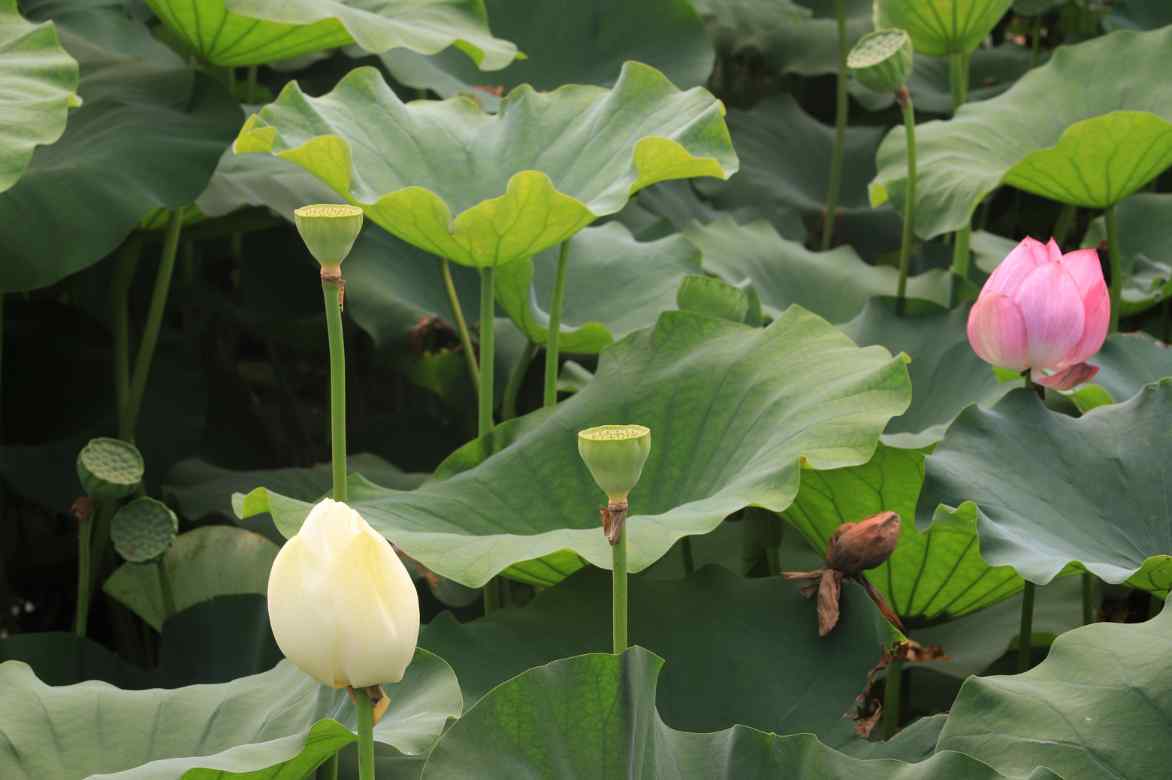
Flowers, fruits, and leaves of lotus
How to Plant?
- Container Choice: Opt for a wide and deep container (at least 40 litres) with drainage holes. Fill it three-quarters full with a specific aquatic soil. Lotuses need space to spread their rootstocks, so choose a container at least 40 to 60 cm in diameter and depth.
- Substrate Preparation: Use a nutrient-rich clay soil mix. You can add some organic compost to enrich the substrate, but avoid chemical fertilisers that could harm the plant’s growth.
- Planting the Rootstock: Place the lotus rootstock on the surface of the soil, without burying it. Spread the buds upwards. Add gravel or pebbles to hold the rootstock in place (and incidentally prevent fish from disturbing the substrate) and cover the pot with water.
- Adding Water: Fill the container with water slowly to avoid disturbing the planted rootstock. The water should cover the soil by about 5 to 10 cm. Avoid completely submerging the buds, as they need air to develop.
- Placement: Place the container in a spot that receives at least 6 hours of direct sunlight per day. The sun’s warmth is essential for the lotus’s growth and flowering.
Maintenance of the Nelumbo
Water Level
Maintain an adequate water level. Lotus plants prefer their roots and base submerged, with about 20 to 30 cm of water above the soil. Add water regularly to compensate for evaporation.
Fertilisation
Use a specific aquatic plant fertiliser to nourish your Lotus. Fertilise moderately, following the manufacturer’s instructions, typically once a month during the growth season. Avoid over-fertilising, as this can lead to excessive leaf growth at the expense of flowers.
Pruning
Regularly remove yellowed or damaged leaves and faded flowers to encourage the growth of new shoots and maintain the plant’s aesthetic appearance. This also helps prevent diseases and insect infestations.
Winter Protection
Here are several methods to protect your Lotus during the cold months:
- Increase water depth: In areas where ponds do not freeze to the bottom, ensure the pot containing the Lotus is placed at a sufficient depth so the rootstocks remain below the frost line. A minimum depth of 40 to 60 cm below the water surface is often recommended.
- Use a greenhouse: If you have a small greenhouse, you can move the container with the Lotus inside to protect it from frost. Ensure the space is well-insulated and the temperature remains above freezing.
- Move the Lotus indoors: For Lotus planted in containers, another option is to move them to a frost-free indoor space, such as a garage or basement, where they can overwinter. Keep the container in a little water to prevent the rootstock from drying out completely, but reduce watering to keep the rootstock just moist.
- Extract and store the rootstocks: A more labour-intensive method involves extracting the rootstocks from the soil or container before the first frost, gently cleaning them, and storing them in a cool, moist place during winter. The rootstocks can be wrapped in damp newspaper or placed in moist sand to prevent drying out.
→ Read also: Lotus, Nelumbo: How to Protect It from Cold and Overwinter?
Diseases and parasitic pests
Leaf Spots
Several types of fungi can cause spots on the leaves of the Lotus, appearing as brown or black marks. These fungal infections are encouraged by high humidity (which is logical for a pond plant), but especially by poor air circulation.
Black Aphids
These small insects suck the sap from the leaves, causing them to deform and slowing the growth.
→ To learn more about combating aphids, read this advice sheet.
Multiplication
Dividing Rootstocks
Division is generally carried out in spring, before the plant begins its active growth cycle. Gently extract the rootstock from the mother plant. Use a clean, sharp knife to divide the rootstock into sections, ensuring each section has at least one healthy growth bud (eye). Immediately plant the rootstock sections in rich, muddy soil at the bottom of a container filled with water, making sure the buds are facing upwards. The containers should be placed in a sunny spot.
Sowing
Seeds can be sown in late winter or early spring, when temperatures begin to warm. Lotus seeds have a hard shell that requires scarification (lightly splitting the shell) to allow water to penetrate. This can be done by gently rubbing the seed against sandpaper or using a nail file to create a small notch.
Place the seeds in a container of warm water. Change the water daily until germination occurs, usually within 7 to 14 days. Seeds that float after a few days are non-viable and can be removed. Once the seeds have germinated and the first leaves appear, transplant them into pots of mud with shallow water, ensuring the young seedlings are not submerged.
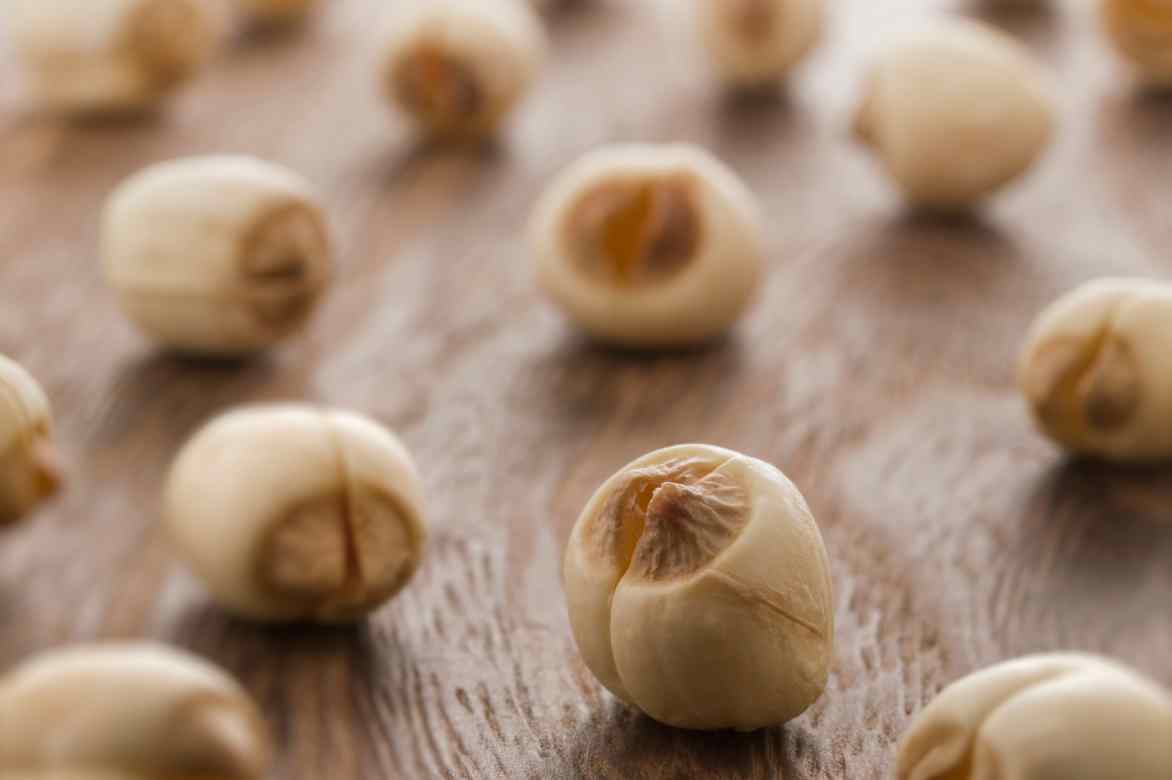
Lotus seeds, with their hard integument, require scarification
Stem Propagation by Cuttings
Although less common than division or sowing methods, stem propagation by cuttings is possible with Nelumbo nucifera. This method involves cutting stem segments with a node and planting them in a moist medium until new roots develop.
How to pair lotus plants?
Ensure that the plants chosen to accompany your Lotus have similar requirements in terms of sunlight and water quality. The Lotus thrives in sunny spots, so all companion plants must also flourish in full sun. For a harmonious aesthetic effect, choose aquatic plants whose colours complement or pleasantly contrast with the pink of the Lotus flowers. For example, yellow flag irises (Iris pseudacorus) with their bright yellow flowers can provide a charming contrast, while plants with dark green leaves accentuate the beauty of the Lotus flowers. Let’s not overlook marginal plants to frame your pond and provide an aesthetic backdrop for the Lotus. Plants like sedges (Carex sp.) or rushes (Juncus sp.) can add texture and colour while stabilising the banks.
In the pond, you might choose a classic yet very beautiful Pink Sacred Lotus. To accompany it, opt for a ‘Fire Opal’ water lily, whose flower echoes the same tones. Some water irises deviate significantly from the classic yellow-flowered marsh iris, such as the Iris laevigata ‘Rose Queen’ or the Japanese water iris ‘Darling’, which bloom in two different shades of pink.
Below the water’s surface, vegetation is equally important. The spiked watermilfoil will be perfect for greening and oxygenating the pond, as will the hornwort, which will have the same beneficial effect.
Finally, let’s not forget the pond’s edges: the Juncus effusus ‘Spiralis’, with its twisted stems, will add a touch of original verticality, while the broad leaves of a few ‘Jurassic Park’ hostas will bring a “welcome to my jungle” effect of the finest quality.
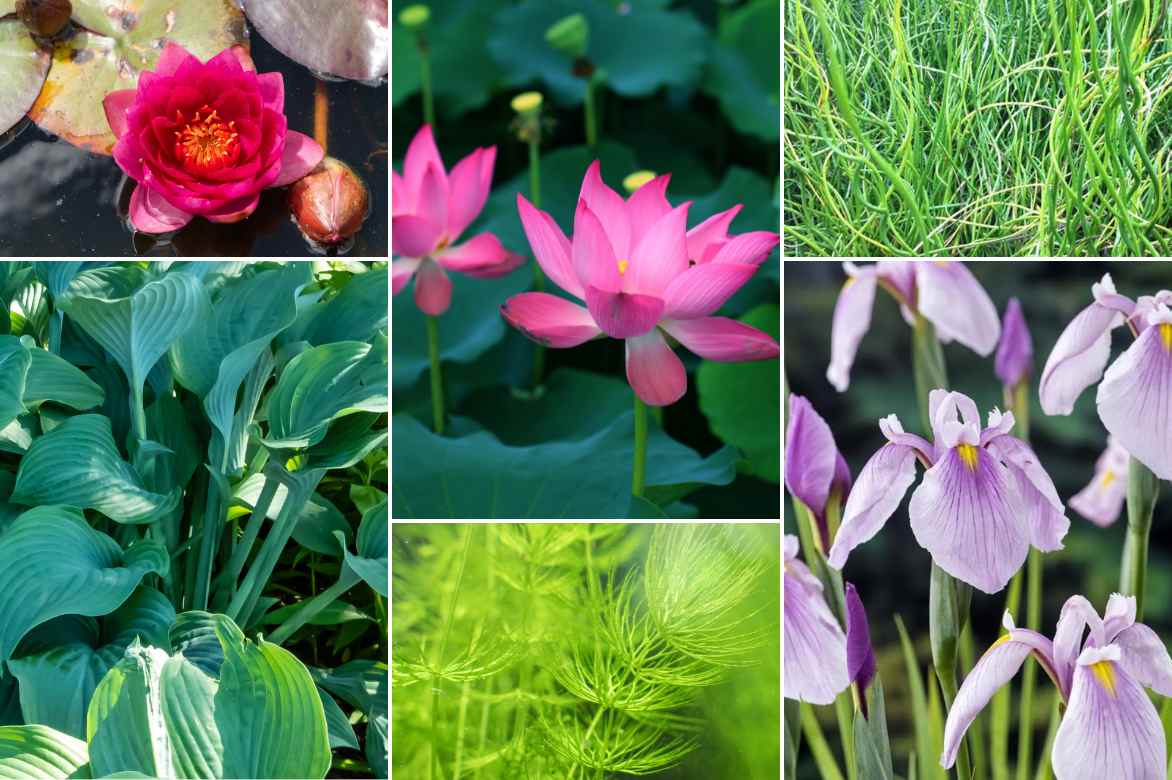
‘Fire Opal’ water lily, Nelumbo nucifera ‘Pink’, Juncus effusus, giant hosta, hornwort, and Iris laevigata ‘Rose Queen’
Anecdotes
One of the most astonishing anecdotes about the Lotus is the discovery of Nelumbo nucifera seeds, nearly 1,300 years old, in a dried-up lake in northeastern China. These seeds, once planted, germinated and gave rise to new plants, proving the remarkable longevity and viability of Lotus seeds.
The Lotus effect, stemming from the ability of Lotus leaves to remain clean and dry due to their microscopic structure, has inspired scientists in the development of self-cleaning materials. This property has led to the creation of paints, window coatings, and even fabrics that mimic the natural ability of Lotus leaves to repel water and dirt.
Also read...
Here are some recommended reads on the subject:
- Our articles: Our Selection of Dwarf Water Lilies and Lotus for Mini Ponds and Discover the “Bowl Lotus” or How to Grow a Mini Lotus in a Pot.
- Subscribe!
- Contents
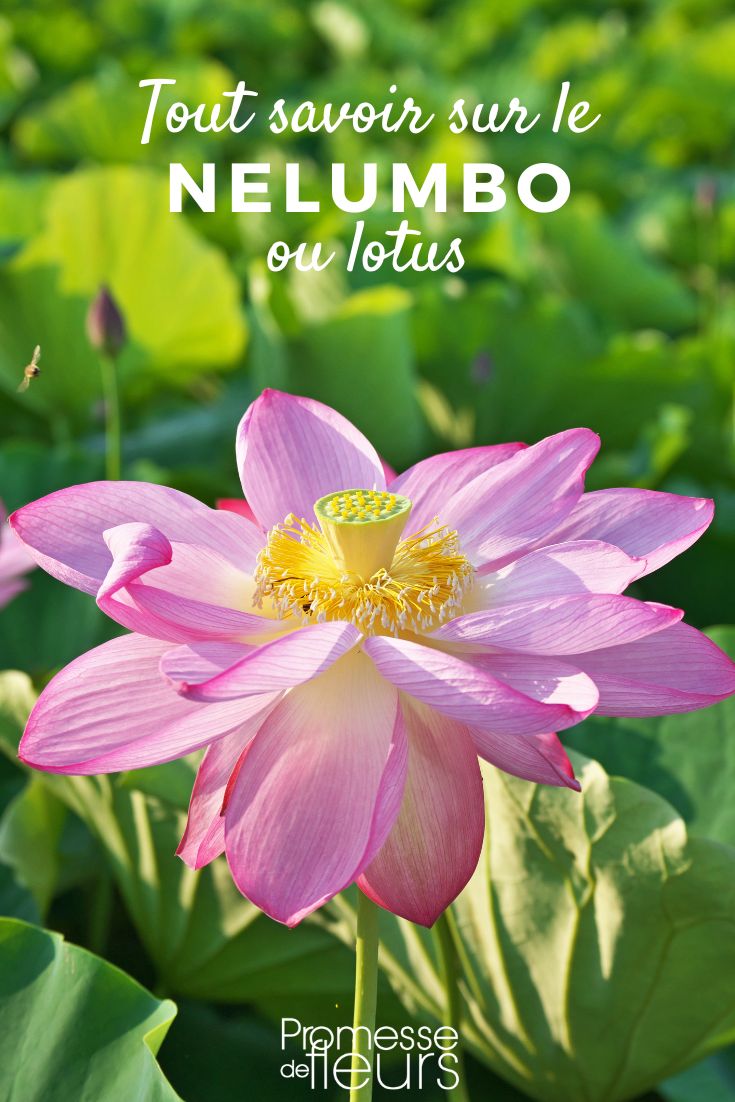






























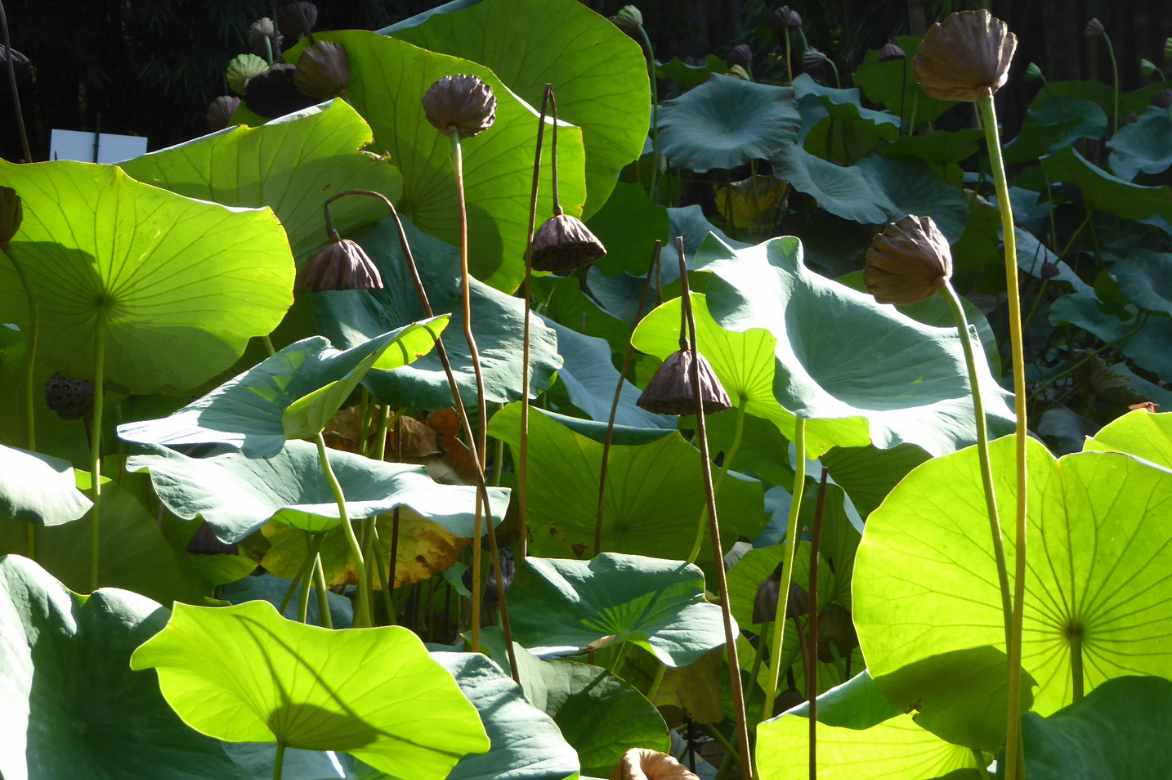


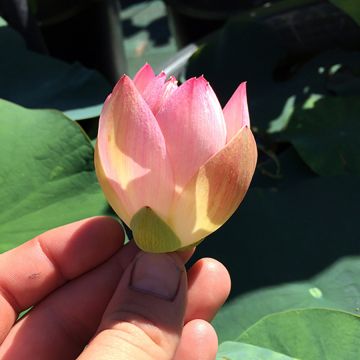

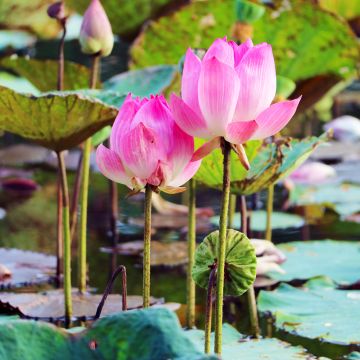
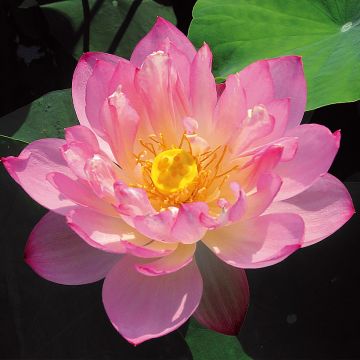
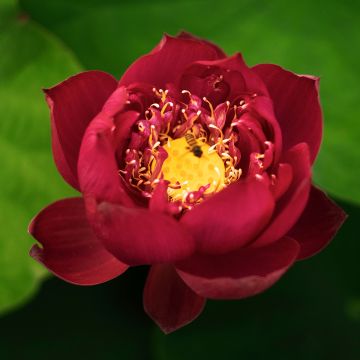
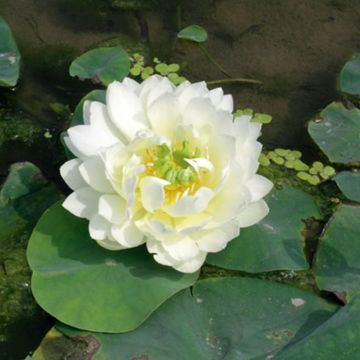


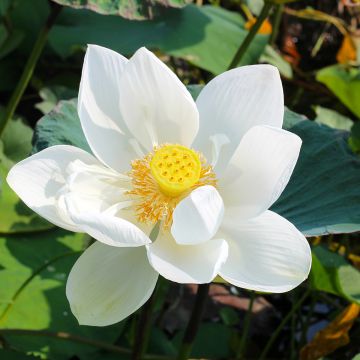

Comments